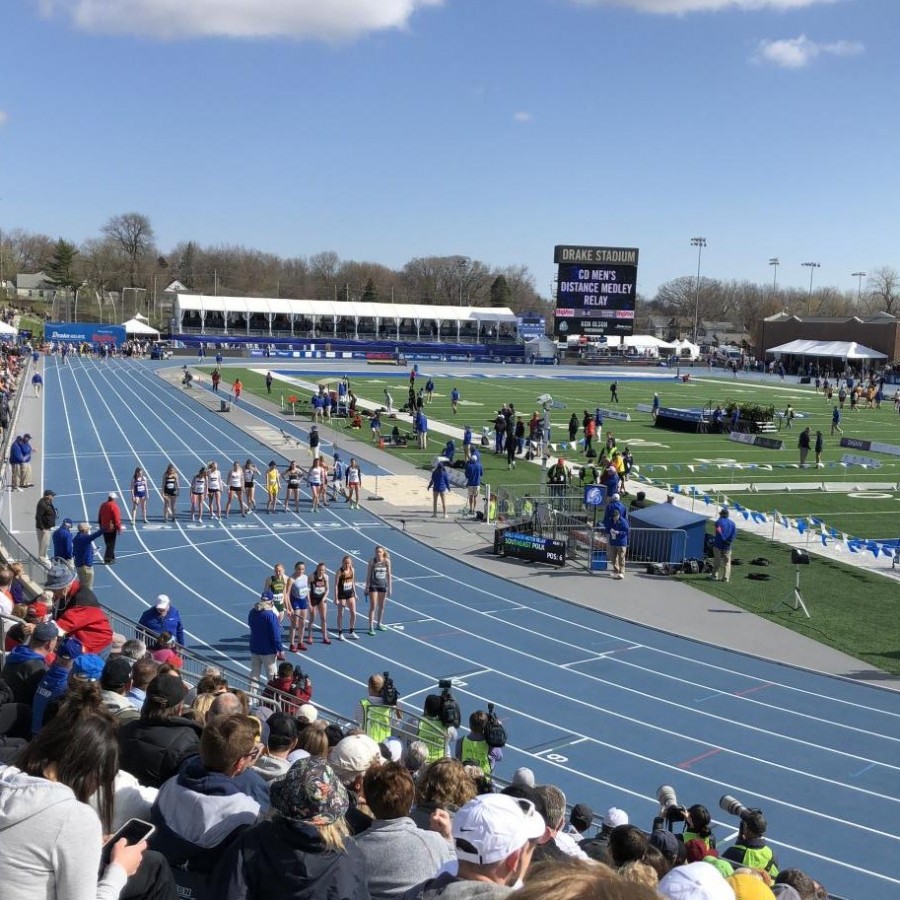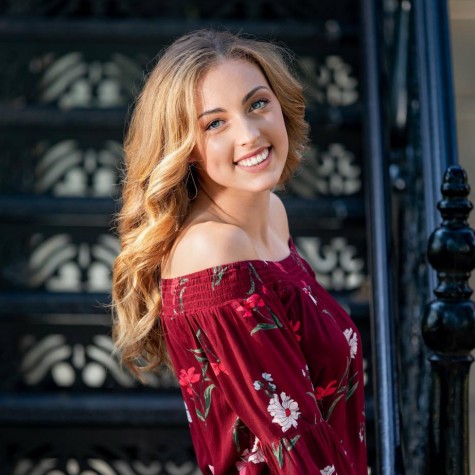The Drake Relays is one of the most prestigious track and field events in the country. Iowa’s finest track athletes dedicate countless hours to their training in the hopes they will one day be invited to the “blue oval,” where they will earn the iconic blue staining on their spikes.
With a reputation so unflawed, it makes a person wonder why those who run the organization would toy with it.
In February, the Drake Relays directors announced the addition of the 400 meter dash to its lineup. They also mentioned the 2019 meet will allow more teams to compete in the already unnecessarily inclusive 4×100 meter relay.
Considered by some as “America’s Athletic Classic,” the Drake Relays creates a largely competitive environment. It is held at Drake Stadium in Des Moines, Iowa, every year. Senior distance runner and Drake Relays veteran, Mallory Lafever, shared, “it pulls in high school, collegiate, and professional runners all into one meet. It is an amazing environment for young athletes to be in.”
While adding more events may sound like a fantastic idea with great intentions, its implications go much deeper. Being able to compete on the “blue oval” has always been considered an honor. “My experience there has been incredible and there is nothing like racing in front of a crowd that large at a venue that exciting,” Lafever said.
The problem isn’t the addition of the 400 meter dash; it’s the addition of 16 teams to the 4×100 relay. In 2018, 80 teams were entered into the race for the 4×100 and 320 athletes from both genders had the chance to participate. This has been practical in the past because of the time it takes to complete one heat, but the increase to 96 eligible teams is a waste of time.
Track and field is an inclusive sport that includes all different types of athletes, but Drake Relays is discriminating against distance and field athletes. Throwers, jumpers, and distance runners alike are continuously competing for opportunities on the track, but not in the way most people assume; sprinters are often favored.
In a sport that prides itself in having a variety of athletes, it falls quite short of being totally inclusive. For example, the 4×800 meter relay has 16 entry spots, and field events, as well as all individual distance events, offer 21 entries per gender. In a single event, 384 sprinters will compete, but only 21 athletes have this same opportunity on the other end of the track and field spectrum.
The Drake Relays’ meet director, Blake Bolden, was reluctant to share any specific information and only commented on the addition of more athletes to the relays. “There are many factors in every decision that we make for the Drake Relays presented by Hy-Vee and we’re proud to include more of Iowa’s finest athletes in 2019,” Bolden said.
Increasing the number of teams in the 4×100 relay when only 16 teams can run in the 4×800 relay is pointless. If their goal is to effectively add more of “Iowa’s finest athletes,” then they should do so by adding entries to the already neglected distance and field events.
However, distance runners are not seeing the problem with the low entry level. It keeps the Drake Relays a distinguished honor for them. “Part of the Drake experience is the difficulty of qualifying. In that aspect, the distance runners may find greater achievement and pride in qualifying,” Lafever said.
More runners do not necessarily mean more competition. It is a travesty to see an experience that was once such an accomplishment turn into a participation award for all. The honor of qualifying is dampened, and the prestige is gone.










